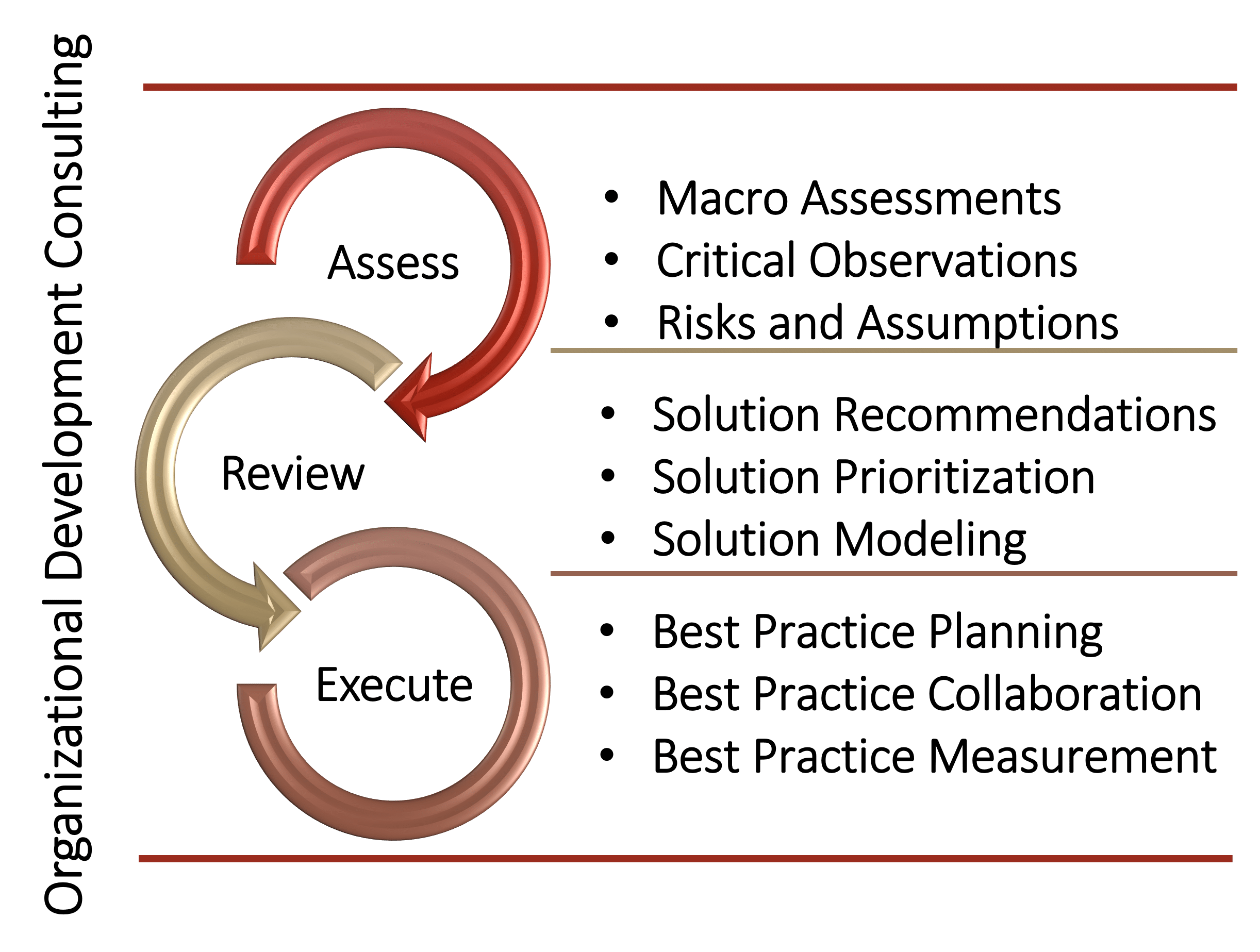Talent Management Implementation Considerations
Effective talent management directly impacts organizational performance, employee engagement, and long-term success. It ensures the right people are in the right roles, fosters innovation, and minimizes risks. But how do you design and execute these best practices seamlessly?
When developing a talent management strategy, consider the following:
- Clear Objectives: Align talent objectives with business goals. Define what you want to achieve through talent management.
- Critical Skills Identification: Identify the critical skills needed for different roles within your organization. This helps in targeted recruitment and development efforts.
- Data-Driven Recruitment: Streamline recruitment using data-driven methods and technology. Leverage analytics to make informed hiring decisions.
- Continuous Learning: Encourage ongoing learning, cross-training, targeted training, and mentorship. Invest in employee development to enhance skills and competencies.
- Positive Employee Experience: Ensure a positive employee experience across the entire employee life cycle. HR plays a crucial role in fostering this experience.
- Strategic HR Leadership: Cultivate a strategically minded HR team. Their insights and decisions impact talent management effectiveness.
Remember, effective talent management contributes to better organizational performance and competitive advantage.
Talent Management for Business Continuity
A well-structured talent management strategy is mission-critical for businesses due to several compelling reasons:
- Competitive Advantage: In today’s dynamic business landscape, having the right talent can be a significant competitive advantage. Organizations that effectively manage their talent pool are better positioned to outperform competitors.
- Employee Retention and Engagement: Structured talent management practices lead to higher employee satisfaction, engagement, and retention. When employees feel valued and see opportunities for growth, they are more likely to stay with the company.
- Succession Planning: A structured approach ensures that organizations identify and groom potential leaders. Succession planning minimizes disruptions caused by unexpected departures and ensures continuity in critical roles.
- Skills Alignment: By aligning talent with business needs, companies can optimize workforce productivity. Structured practices help identify skill gaps and address them through training, development, or recruitment.
- Strategic Workforce Planning: Talent management provides insights into workforce demographics, skills, and future needs. This informs strategic decisions related to expansion, diversification, or downsizing.
- Innovation and Adaptability: Structured talent management fosters a culture of innovation. When employees are empowered, encouraged to learn, and given opportunities to contribute, they drive organizational adaptability.
- Risk Mitigation: Effective talent management reduces risks associated with poor performance, legal compliance, and talent shortages. It ensures that the right people are in the right roles.
- Enhanced Employer Brand: Organizations with robust talent practices attract top talent. A positive employer brand leads to better recruitment outcomes and a stronger workforce.
Summary
Structured talent management best practices are not just an HR function; it’s a strategic imperative that impacts overall business success. AMS offers expertise in talent management, supporting organizations in building dynamic and successful practices that align with business growth. Our Client-Centric Engagement Model combines expertise, scalability, and data-driven insights to create a robust talent management strategy that supports your enterprise’s growth journey. Contact Us to speak with an expert and learn how we can collaborate to enable your talent management best practices.
Organizational Development Consulting
Client-Centric Engagement Model
Each solution found in our catalog can be scaled to meet your organization's needs. Consulting engagements are built on a collaborative three-step process of Assess, Review, and Execute stage gates. This model provides a high value and collaborative approach that allows organizations to measure ROI, performance, and continuous improvement throughout the entire engagement. Our executive level team of consultants will provide actionable and practical recommendations that can be implemented via our collaborative approach to the partnership.

For the Enterprise
- Experience personalized service at scale. AMS has a global reach with the highest degree of expertise across a range of Fortune 500 companies, Government agencies and Global 2000 organizations.
For the Emerging and Middle-Market
- Experience the entrepreneurial spirt that our firm is founded on with a unique blend of expertise to accommodate the unique needs of smaller organizations.
Customize your Consulting Experience
- Align subject matter experts with your industry, region, and culture
- Support solutions with correlating Research
- Accelerate Individual Growth with Performance Coaching
- Supplement solutions with Professional Development Training
- Review Solution Briefings
- Integrate Digital Resources – Thought Leader Interviews – Insights Podcast
Join the ranks of leading organizations that have partnered with AMS to drive innovation, improve performance, and achieve sustainable success. Let’s transform together, your journey to excellence starts here.